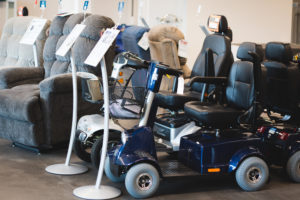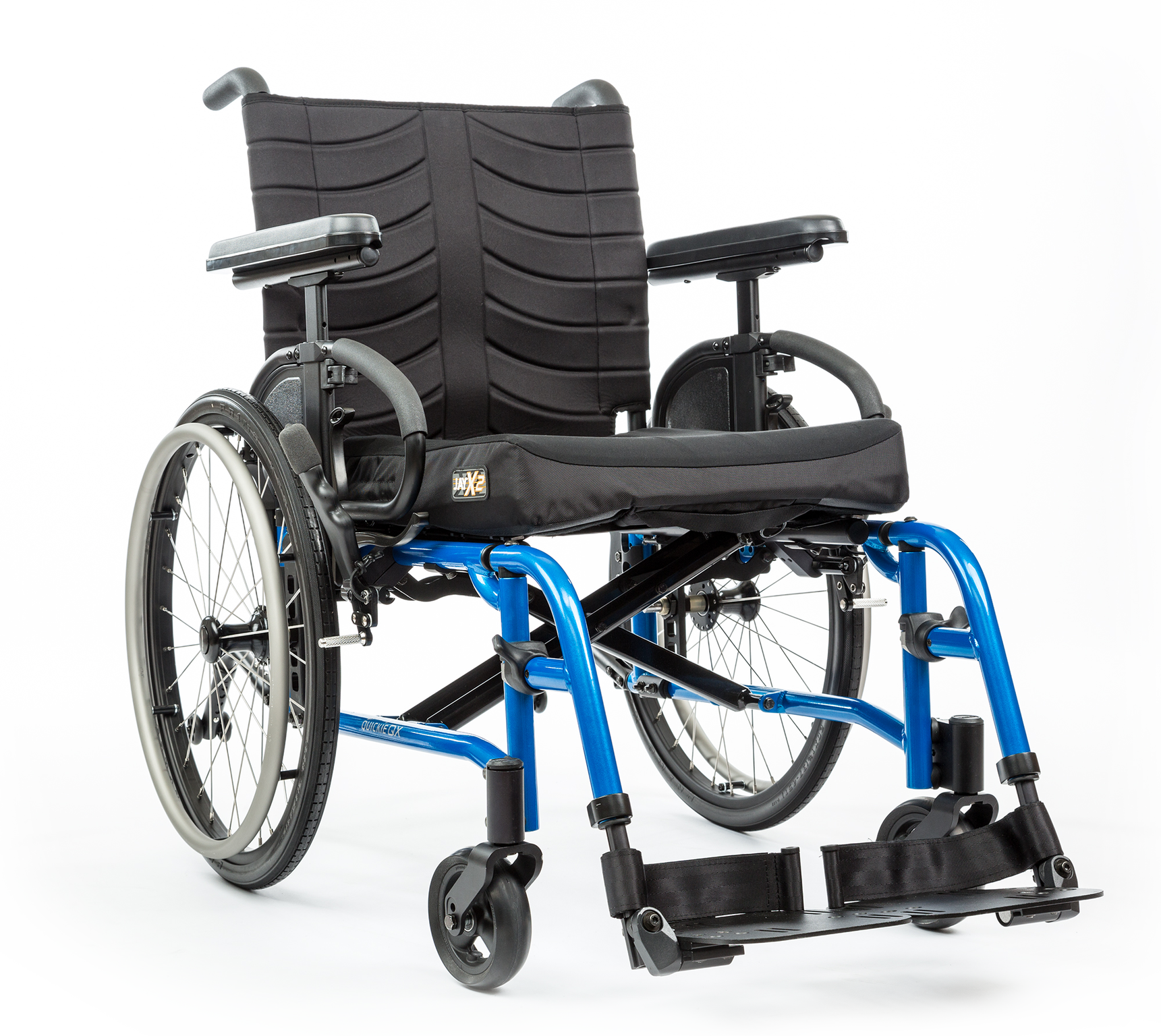
Image from www.mdhomehealth.com
Next year will mark the anniversary of two significant events in British Columbian history that, in their own ways, marked the beginning of a more inclusive era for the province. It will be the centennial celebration of women gaining the right to vote in a province-wide referendum on September 14, 1916. It will also mark 20 years since the passage of Bill 15, better known as the Disability Benefits Program Act. Before it was enacted, individuals with a disability had to declare themselves as “permanently unemployable” to receive any sort of government assistance. The passage of the bill acknowledged that individuals with disabilities still have a lot to offer society, and should be allowed the same sort of employment opportunities as all other Canadians.

The number of Canadians with disabilities is growing (Image from www.walkingisoverrated.com)
In this article we will highlight some recent research that indicates trends in population growth and the number of British Columbians with disabilities that suggest the full inclusion of Canadians with disabilities in both the workforce and society as a whole will be an increasingly important policy issue in the coming decades. As a member of the Home Medical Equipment Dealers Association of BC (HMEDA), Macdonalds Home Health Care is committed to ensuring that British Columbians with disabilities have all the support they need as we embark into this bright, new, more inclusive era.
The Number of Individuals with Disabilities Is Growing
In our province, the number of individuals who live with at least one disability is going through a large period of growth. This is mainly due to the fact that the population at large is aging, and according to Statistics Canada, disabilities increase with age. Research by Statistics Canada in 2012 showed that more than half a million British Columbians over the age of 15 lived with at least one disability, and according to calculations made by the HMEDA based on the same data, by 2020 that number is expected to hit around 700,000. These numbers mean that B.C. has the third highest number of residents with disabilities in the entire country.

From the Report Below
Taking a closer look at the data shows that the stats for B.C. are slightly above the national average, and that around 1 in every 7 British Columbians lives with a disability. As could be expected, the bulk of these individuals are over 65 years of age. What may be surprising to some, though, is that women tend to have more disabilities than men. Also, there is a staggering number of individuals with disabilities who are are still of age to be working. More than 2 in 5 British Columbians with a disability are between the ages of 45 and 64, which would technically put them in the second-half of their working careers.
So how do we ensure that our company, and our society as a whole, is as inclusive as possible for all people? We have a few ideas.
Assistance at Work and at Home
Making sure that individuals with disabilities feel fully included in society is at the core of what we do at Macdonalds. We have a lengthy history helping the people of British Columbia stay healthy, opening our first location offering pharmaceuticals and medical supplies in 1926. Almost a century later, were an industry leader in the sale and rental of home medical equipment, wheelchairs, mobility aids, and many more assistive devices that make life easier for individuals with disabilities and the elderly.

Assistive devices can make life much easier for individuals with disabilities
According to Statistics Canada, more than 80% of Canadians with a disability use some type of assistive device or equipment to help them at work or with daily activities. Equipment like walkers, rollators, power chairs, personal safety aids, stair lifts, and so on can help all British Columbians fully participate in society so that all Canadians can reap the many benefits we all have to offer. Nearly all of those pieces of equipment are provided through HMEDA.
That’s why HMEDA gave the presentation attached as a file below titled “Inclusive: Making Life Better for British Columbians with Disabilities” this past September to the Finance Committee to ensure that the issues discussed in this article are fresh in their minds, and that they’re aware of the importance of making sure all Canadians with disabilities feel fully included in society.
Be Aware of the Challenges Ahead
British Columbia has one of the fastest growing populations in the entire country, and as the number of residents grows so will the number of British Columbians with disabilities. This is especially true, because the majority of this growth will lead to a higher median age for British Columbians. Between 2001 and 2014 the province’s population grew at an annual average of 1%, but at the same time the growth rate among residents 65 and older was almost 3%.
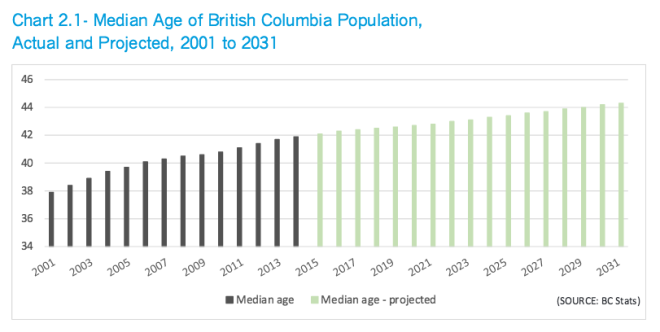
From Report Below
This is because, as we mentioned earlier, our province has an aging population, and this trend means more and more British Columbians with disabilities will need the government to enact more inclusive policies that ensure that anyone with a disability gets full access to the assistive devices they need to carry out their daily activities, and participate in the work force where possible and appropriate. HMEDA and its more than twenty member companies are committed to making sure this happens.
Coping with Disabilities in the Workforce
As mentioned before, it may be hard to believe, but the largest proportion of BC residents with disabilities fall within the 45 to 64 age cohort, which means they are still of working-age. This group accounts for more than 41% of all British Columbians with disabilities. By comparison, the number of individuals with disabilities in the 25-44 age range is about 15% of the total. Combined, the number of residents with one or more disabilities under the age of 64 is over 300,000. By 2031, this number is expected to be near 350,000.
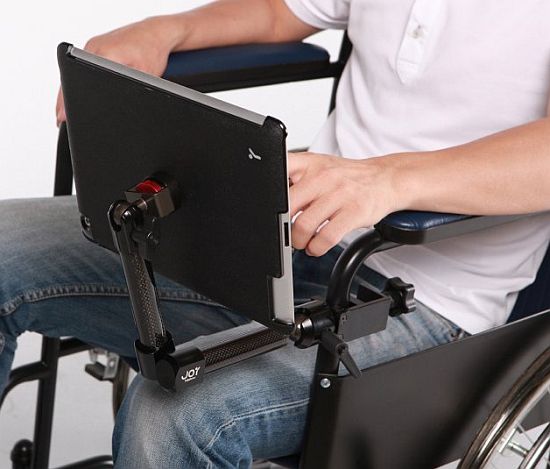
Many devices exist to assist Canadians with disabilities in the workforce
It’s more difficult for individuals with disabilities to secure employment. Research by Statistics Canada in 2011 showed that just 49% of Canadians with disabilities between 25 and 64 years old had a job, compared to 79% of Canadians without a disability. The likelihood of an individual with a disability to secure employment increases as the severity of their disability decreases. With access to the right assistive devices and government support, it’s much easier for Canadians with disabilities to cope with whatever unique obstacles they face and more fully participate in the workforce.
Read for More…
Click the attached file below titled “Inclusive: Making Life Better for British Columbians with Disabilities” to learn more about the statistics driving the HMEDA’s conclusions, and what it’s important that we all prepare to face the challenges ahead, as the number of British Columbians with disabilities continues to grow.
As always, Macdonalds HHC will be here to help along the way. Please don’t hesitate to contact us if you have any questions about the many ways we strive to make society more inclusive for all British Columbians.
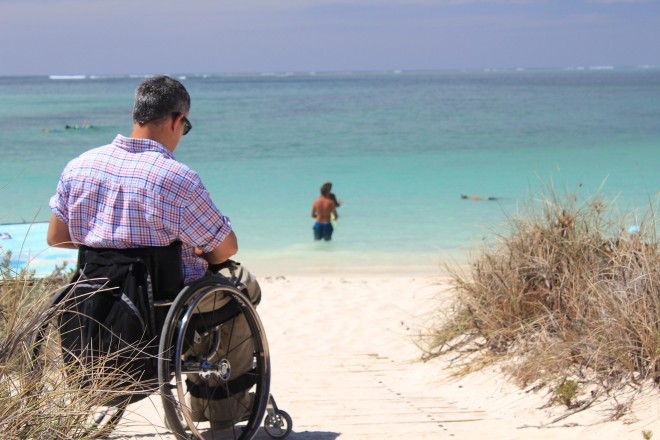
Individuals with disabilities should have access to all the same experiences as individuals without them (Image from Pixabay)
Tags:
B.C. residents with disabilities canadians with disabilities disability statistics future for individuals with disabilities HMEDA population trends
